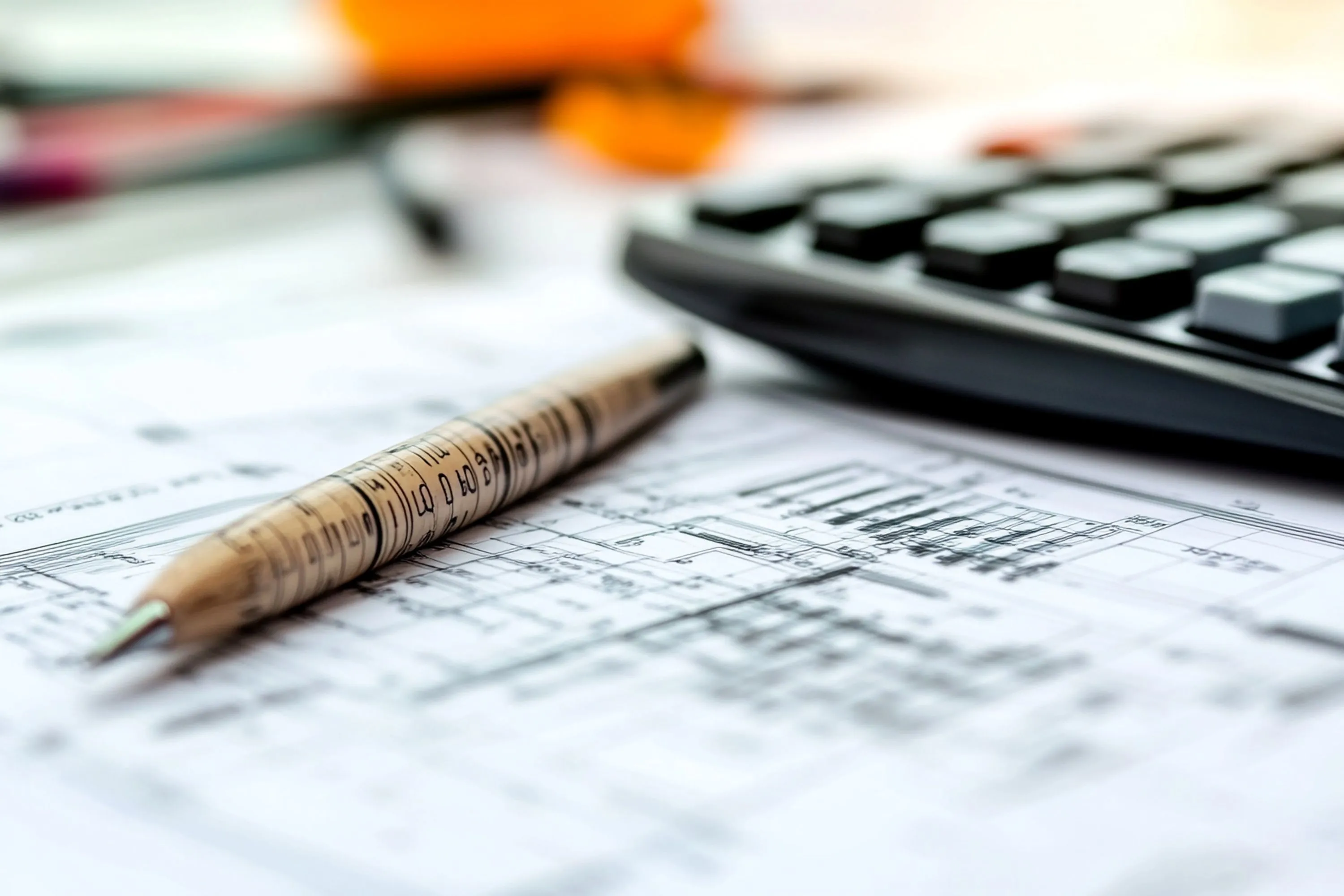Top 10 Rental-Yield Hotspots in Germany for 2025—Discover the Postcodes Paying Double-Digit Returns Before Everyone Else

Author
Davinder WaliaTable of Contents
Introduction: Why Rental Yields Matter in 2025
As we enter 2025, the German real estate market continues its post-pandemic correction phase. Gone are the days of double-digit capital gains in major cities. Instead, investors are pivoting toward more predictable, income-oriented strategies. Rental yield—the relationship between annual rent and property price—has become a key metric for international buyers looking to preserve capital while generating monthly cash flow.
But what yields are actually realistic in today’s Germany? Many articles online still cite outdated or inflated figures. This guide provides an up-to-date, data-backed overview of what investors can expect in 2025, where to find sustainable returns, and how to avoid common mistakes. Whether you’re looking to diversify your portfolio, hedge inflation, or relocate to Germany, understanding the current yield landscape is essential.
Where to Find Solid Rental Yields in Germany
Let’s begin with the facts. According to 2024 data from CBRE, Global Property Guide, and DZ Hyp, average gross rental yields in Germany range between 3% and 5%, depending on location, property type, and condition. Here’s a breakdown of cities and regions where yields are on the higher end of that spectrum:
- Magdeburg (~5.0% gross yield): Capital of Saxony-Anhalt with relatively low property prices and steady rental demand from public sector and students. Urban development zones continue to attract private investment.
- Chemnitz (~4.8%): One of Germany’s most affordable cities in terms of purchase price per square meter. Strong rental demand driven by technical universities and aging population needing rental units.
- Duisburg (~4.2%): Part of the Rhine-Ruhr metropolitan area. Logistics and industrial employment drive demand for affordable housing.
- Halle (Saale) (~4.2%): A university town with biotech and public administration as key employers. Property prices remain moderate relative to rent levels.
- Saarbrücken (~4.0–4.5%): Bordering France, it combines cross-border workers, university tenants, and affordable entry prices.
- Leipzig (~4.0%): The city has seen major price increases in the last decade, but certain outer districts still provide fair returns compared to major Western cities.
On the other end of the spectrum, cities like Munich (~2.3–2.7%), Hamburg (~2.8–3.2%), and Frankfurt (~2.5–3.0%) offer prestige, safety, and liquidity—but far lower yields. These are not ideal for income-seeking investors but may appeal to those focused on asset protection and long-term appreciation.
What Influences Rental Yields?
Several key factors determine the rental yield in any given German city or neighborhood:
- Price-to-Rent Ratio: A city with low purchase prices but decent rent levels will naturally offer better yields. This is the case in eastern cities like Chemnitz or Halle.
- Tenant Demand: Cities with large universities, hospitals, or growing industrial sectors tend to attract steady rental demand, ensuring low vacancy rates.
- Rental Regulation: Germany has strict tenant protection laws, including rent caps (Mietpreisbremse) in major cities. These can limit rent increases and thus affect yields.
- Vacancy Risk: Some high-yield areas also carry higher risk of tenant turnover or prolonged vacancies. Always research local vacancy rates before investing.
- Property Type: Micro-apartments in university towns may generate higher per-square-meter rent, but also incur more management effort. Family homes have longer tenant cycles but lower per-meter income.
It's important to balance potential return with these underlying risks. A 4.5% yield in a stable, growing city is usually preferable to a 6% yield in a depopulating town.
How to Find Your Own Rental Yield Hotspot
Identifying your next investment opportunity doesn’t require insider knowledge—it requires the right tools and a structured approach. Here’s a simple 4-step method:
- Use location-based data: Our Real Estate Search Engine lets you filter properties by rental yield, location, budget, and size. Avoid relying on emotional or anecdotal recommendations.
- Run ROI scenarios: Don’t just look at gross yield. Use our Property Investment Calculator to simulate different tax scenarios, financing models, and holding periods. Net yield is what matters.
- Visit or consult locally: A weekend in your target region can give you a better feeling for tenant types, amenities, and condition of housing stock. We can also help arrange local agent calls.
- Compare financing options: Not all banks treat rental properties equally. Some lenders specialize in income-producing residential investments. Consider fixed interest loans for stable cash flow.
Buying as a Foreigner: What You Need to Know
Germany allows foreign nationals to purchase property without restriction, but the buying process includes several unique steps:
- Notary Required: All property sales must be formalized by a notary (Notar), who reads the contract aloud and registers ownership at the land registry.
- German Contracts: Purchase agreements are always in German. We recommend hiring a bilingual advisor to ensure you understand your obligations.
- Financing Requirements: Some banks require 30–40% down payment for non-residents, plus documentation of stable income. EU citizens often have fewer restrictions.
- Tax Implications: Rental income in Germany is taxable, but deductions apply for interest, renovation, depreciation, and other costs. We recommend consulting a German tax advisor.
If you’re based abroad and need help with financing, notarization, or property sourcing, our team is here to assist every step of the way.
Use Our Tools to Analyze and Compare Properties
These free tools help you make better decisions before committing capital:
- Real Estate Search Engine – Compare yields, price per square meter, and rent levels across Germany’s regions.
- Investment Calculator – Model your ROI and break-even point with realistic expenses and financing terms.
- Book a Free Consultation – Let our experts guide you through deal analysis or acquisition.
FAQs
Are 7–10% rental yields possible in Germany?
In general, no. Realistic gross rental yields in 2024/2025 range between 3% and 5%. Higher yields may exist in very small towns or for high-risk properties but are not typical in sustainable investment locations.
How is rental yield calculated?
Gross yield = Annual rent ÷ Purchase price.
Net yield = (Annual rent – expenses) ÷ Purchase price.
Use our calculator to simulate both.
Can I get a mortgage in Germany as a non-EU citizen?
Yes, but expect stricter lending criteria. You’ll likely need a higher down payment and income proof translated into German. Some banks offer international mortgage programs tailored to expats.
Do I need to register in Germany to buy property?
No, residency is not required. However, certain tax obligations may arise if you generate rental income. Be sure to clarify double taxation agreements between Germany and your home country.
Final Thoughts: Stay Grounded, Invest Smart
Germany’s real estate market in 2025 favors informed, long-term investors. While rental yields remain modest by global standards, they are reliable, inflation-resistant, and backed by strong legal structures. Focus on data, not hype—and be wary of overpromises about “10% returns” that rarely reflect market reality.
Use our Real Estate Search Engine and calculator to evaluate opportunities, and book a free consultation if you want expert support on your path to rental income in Germany.



